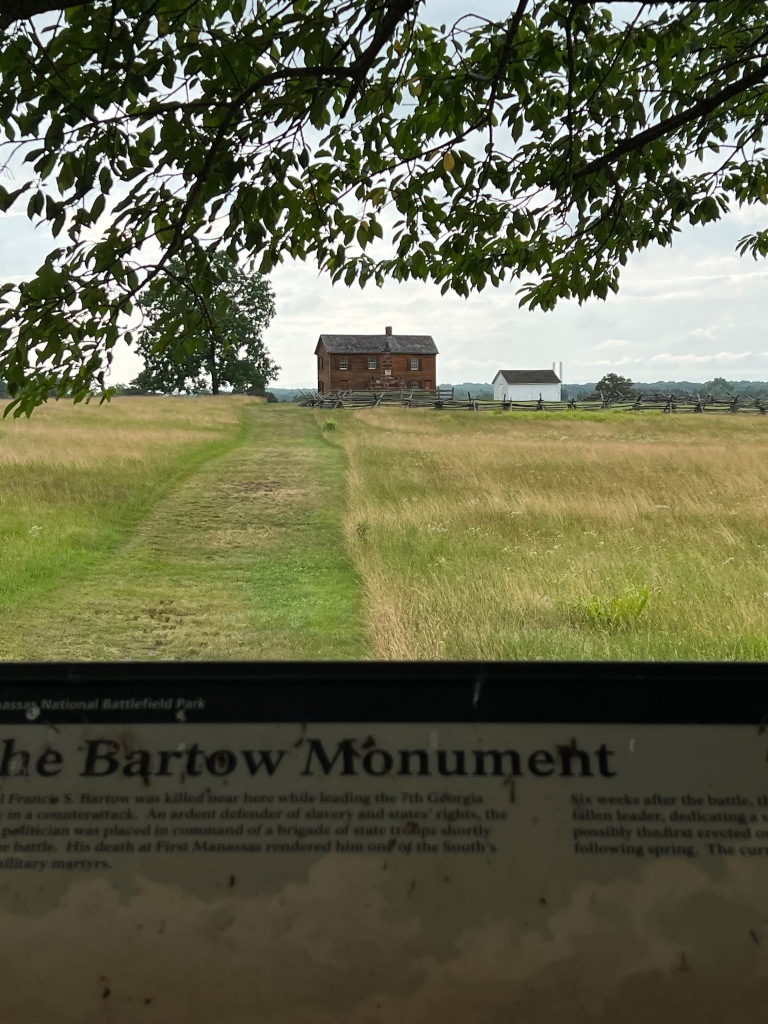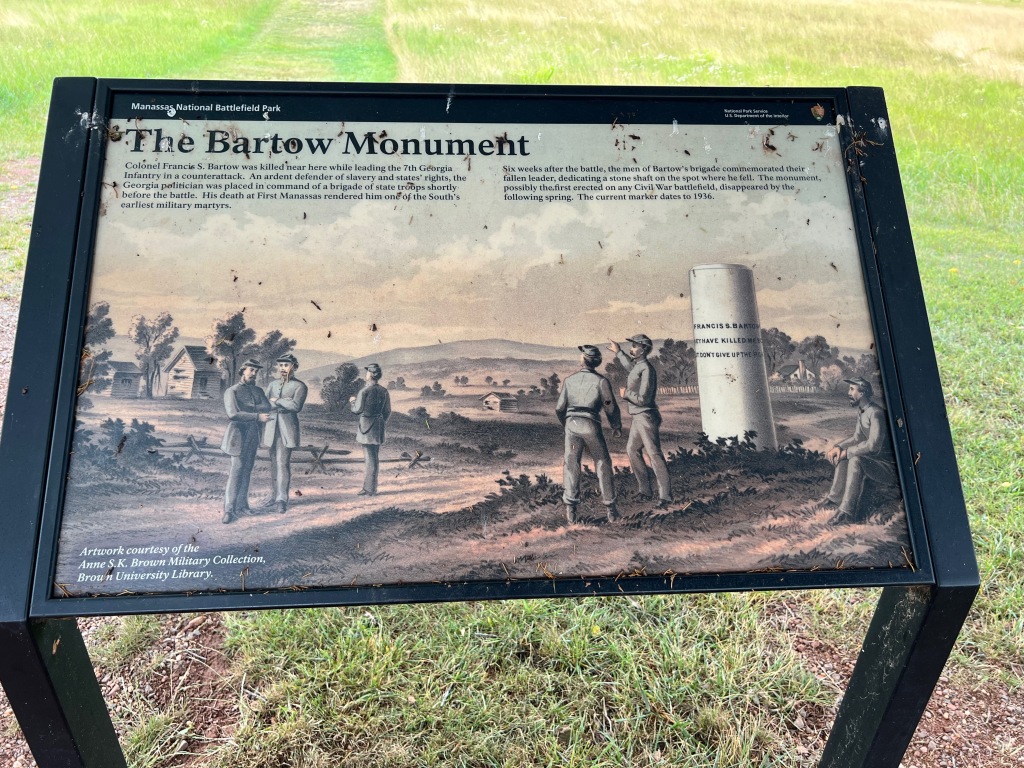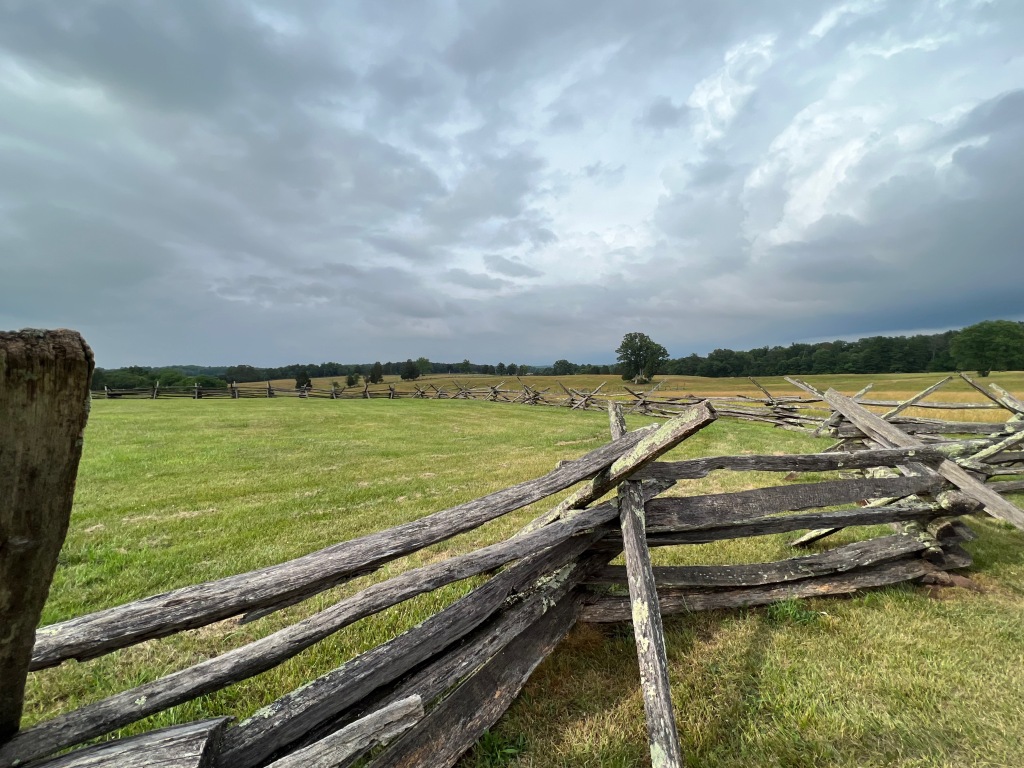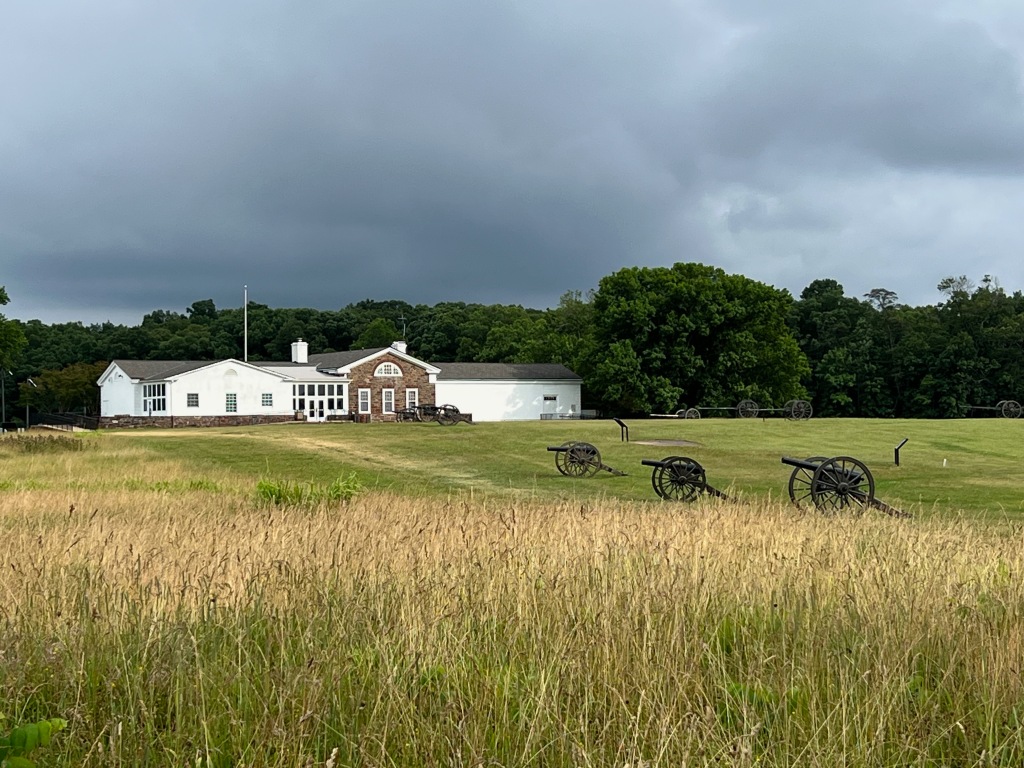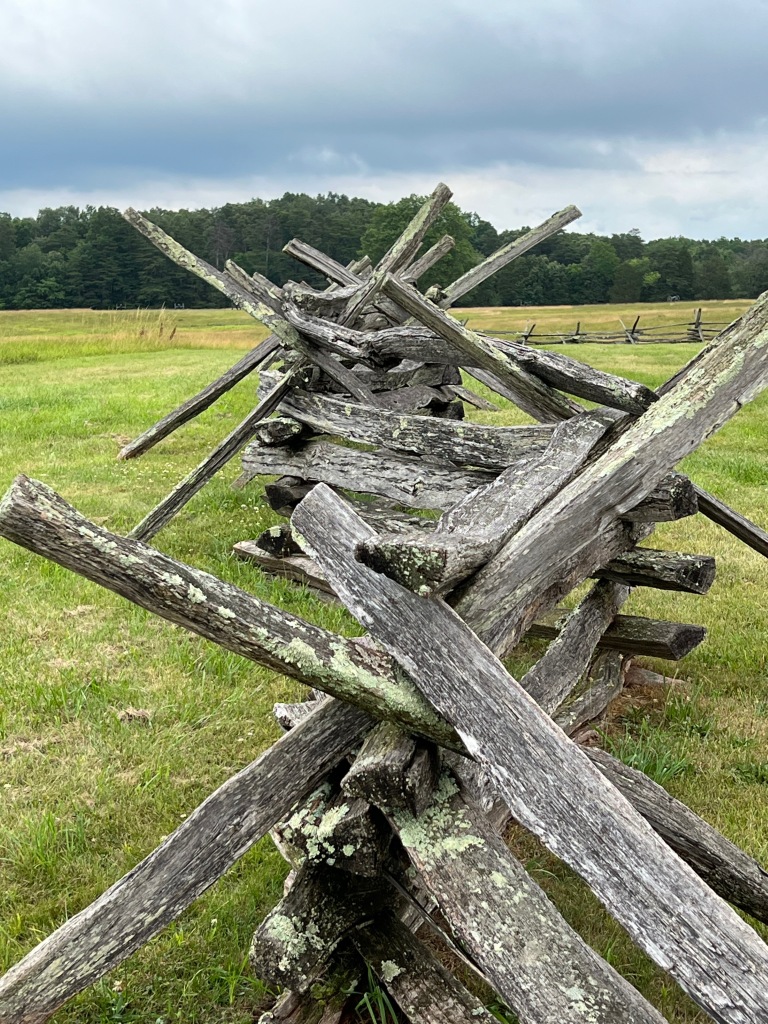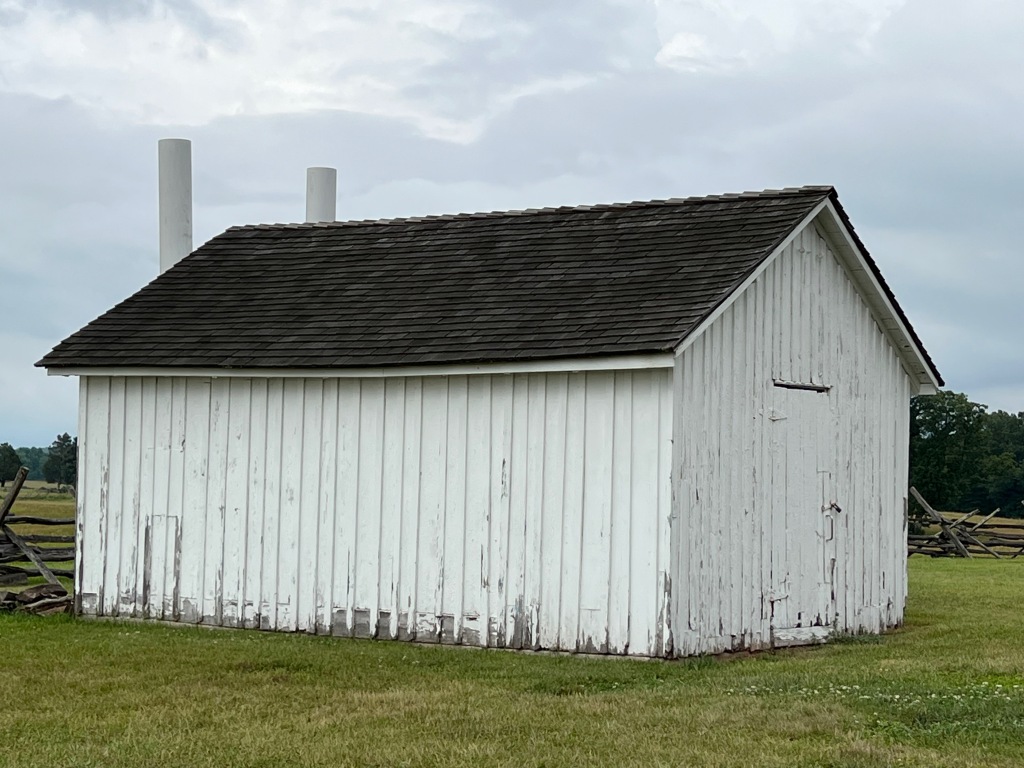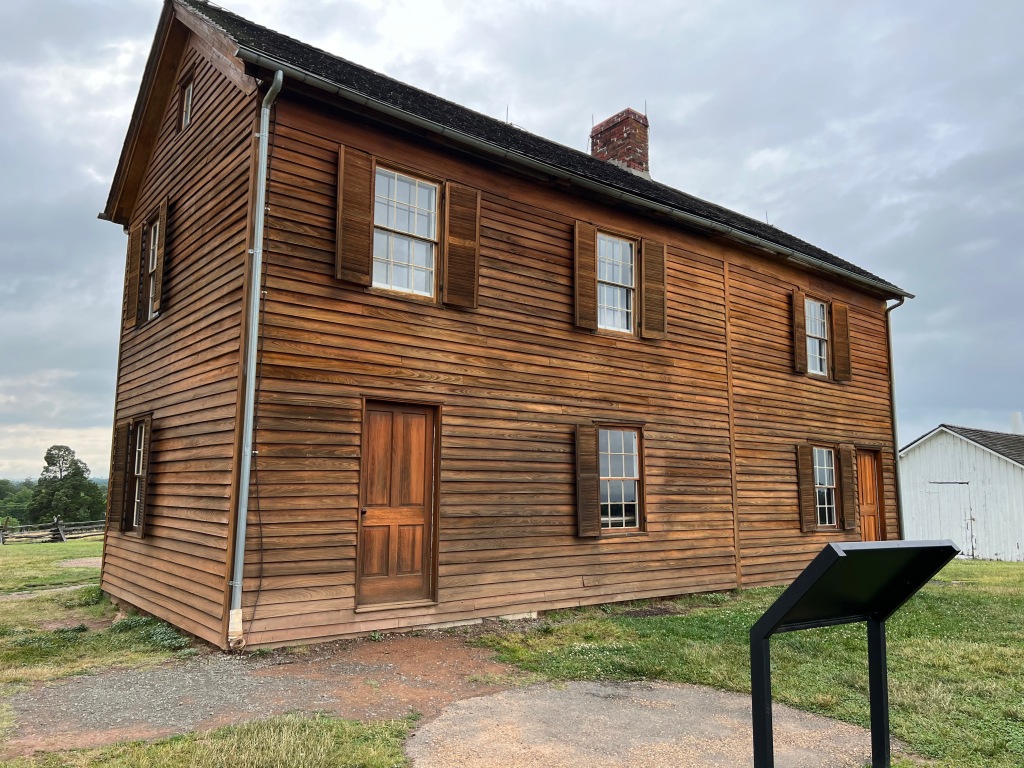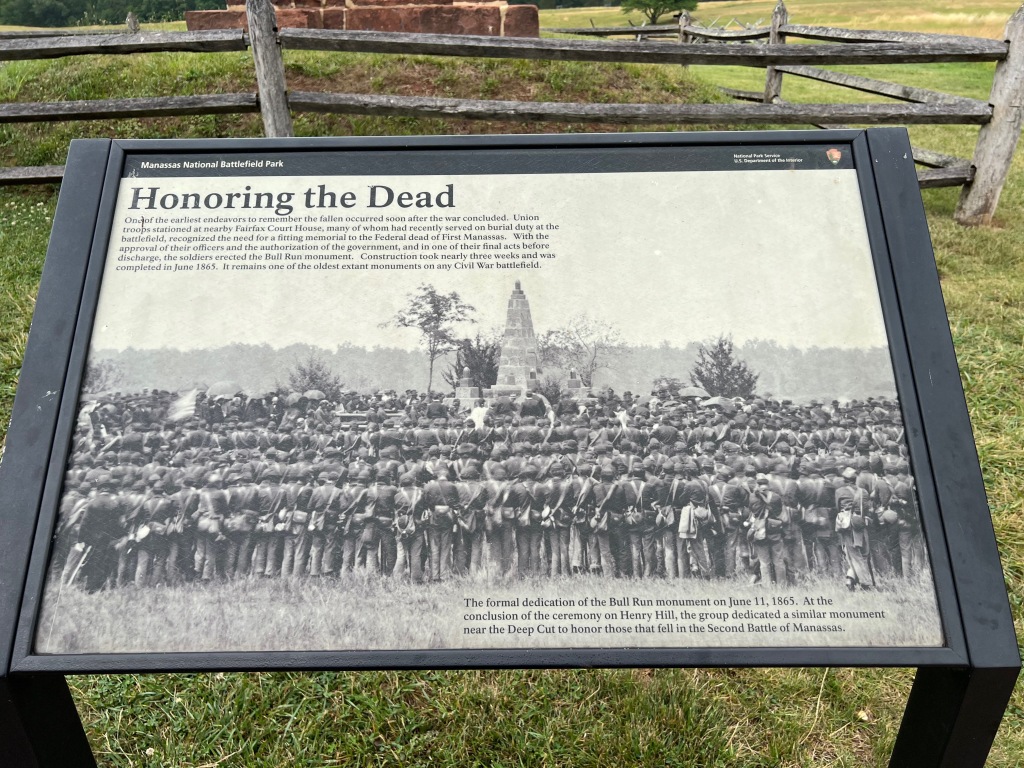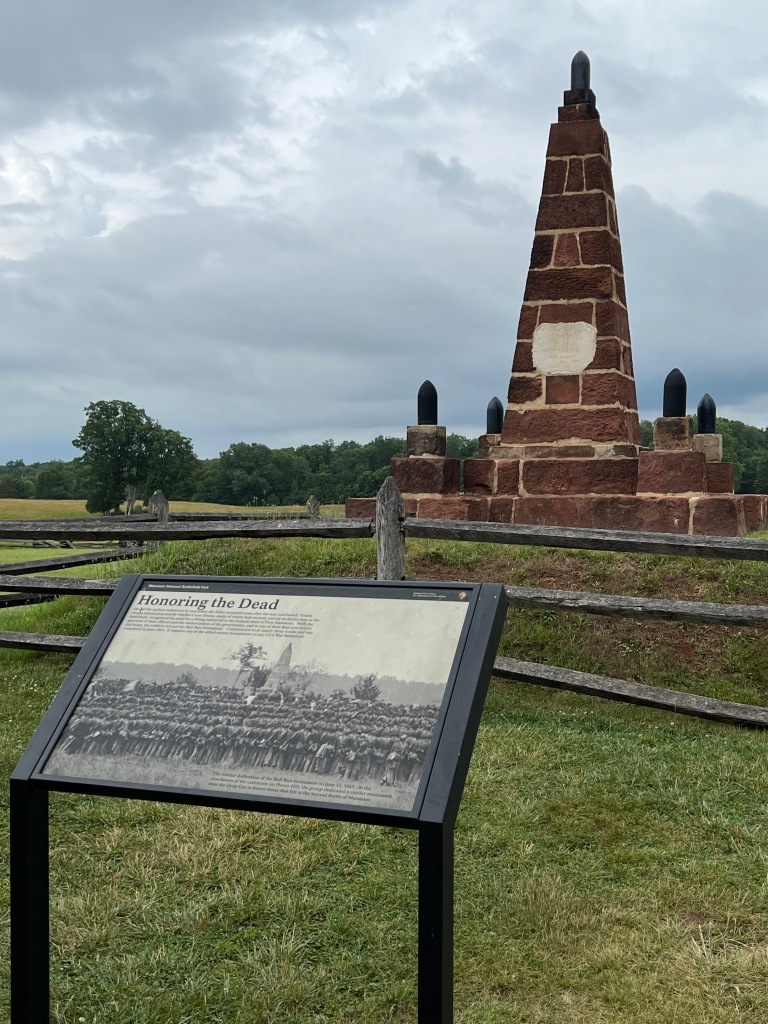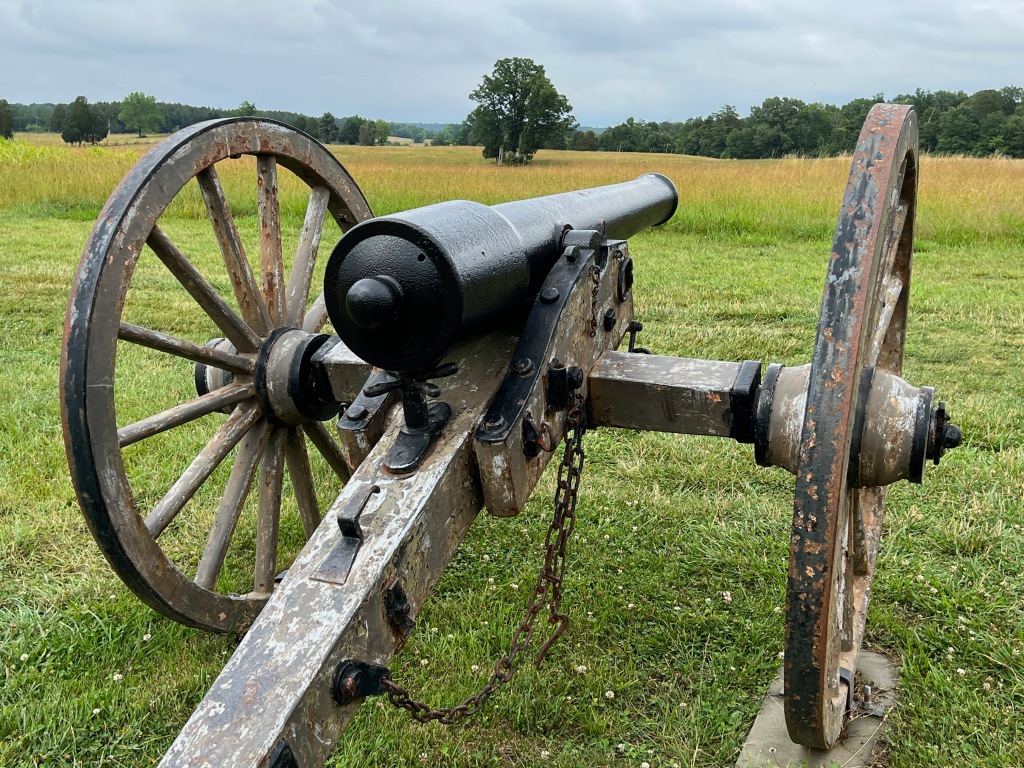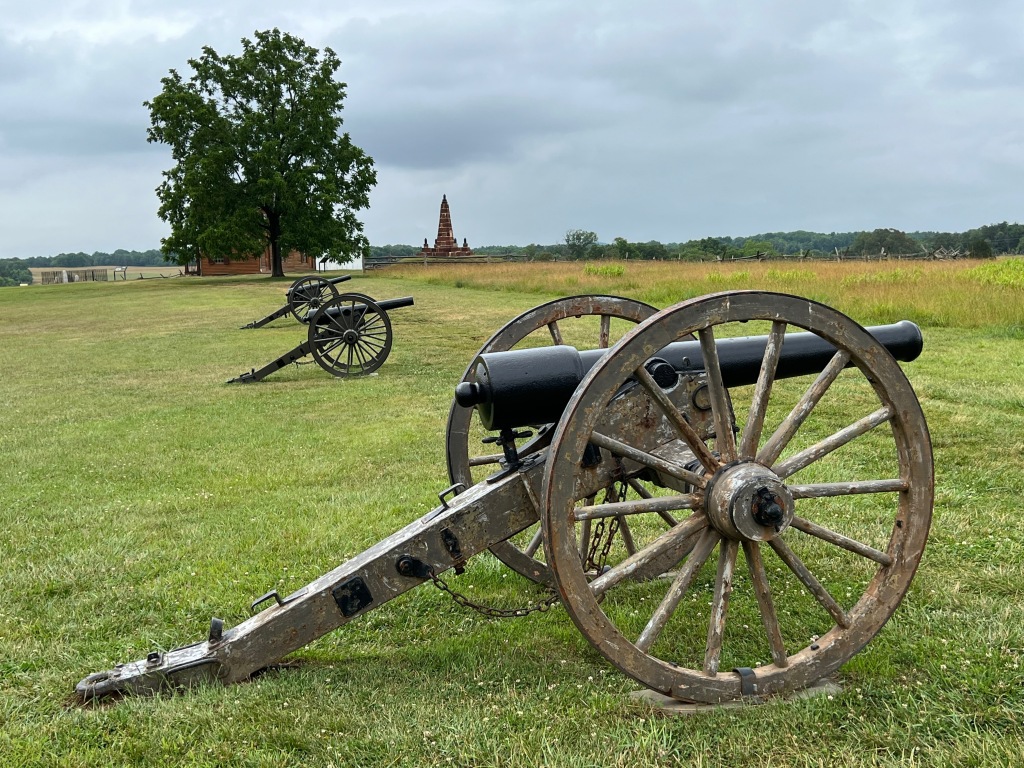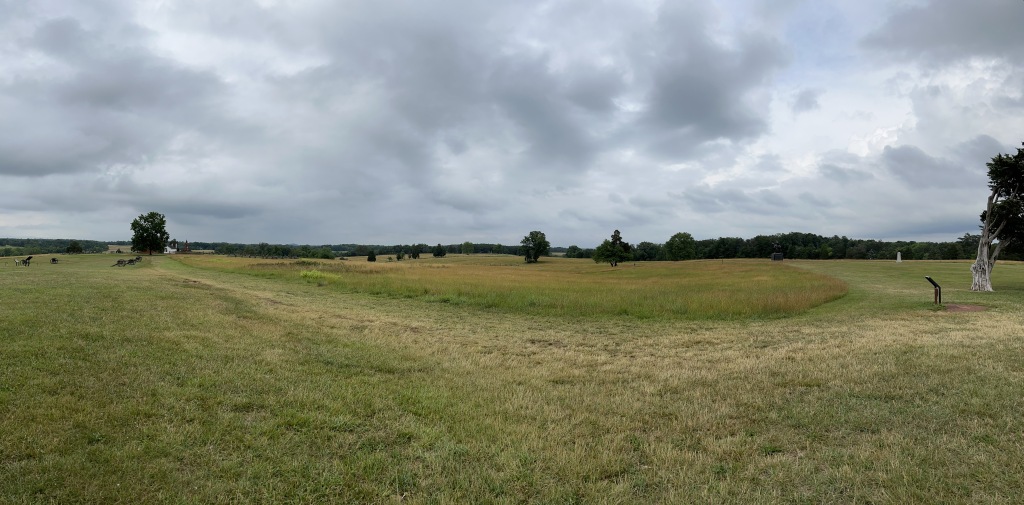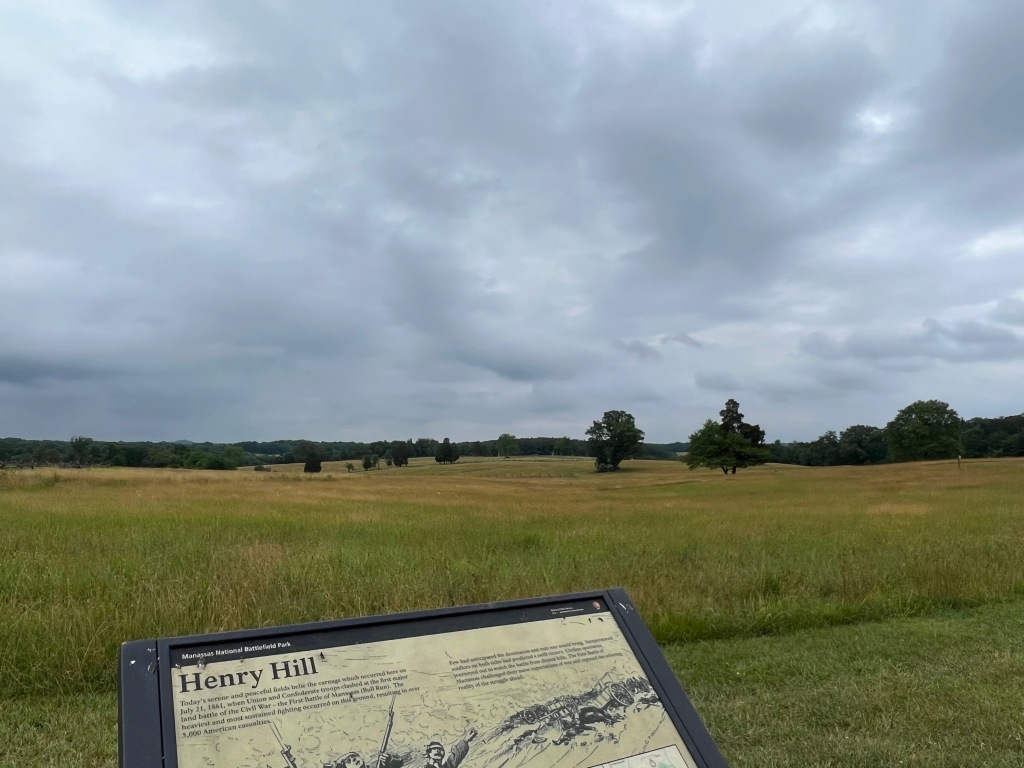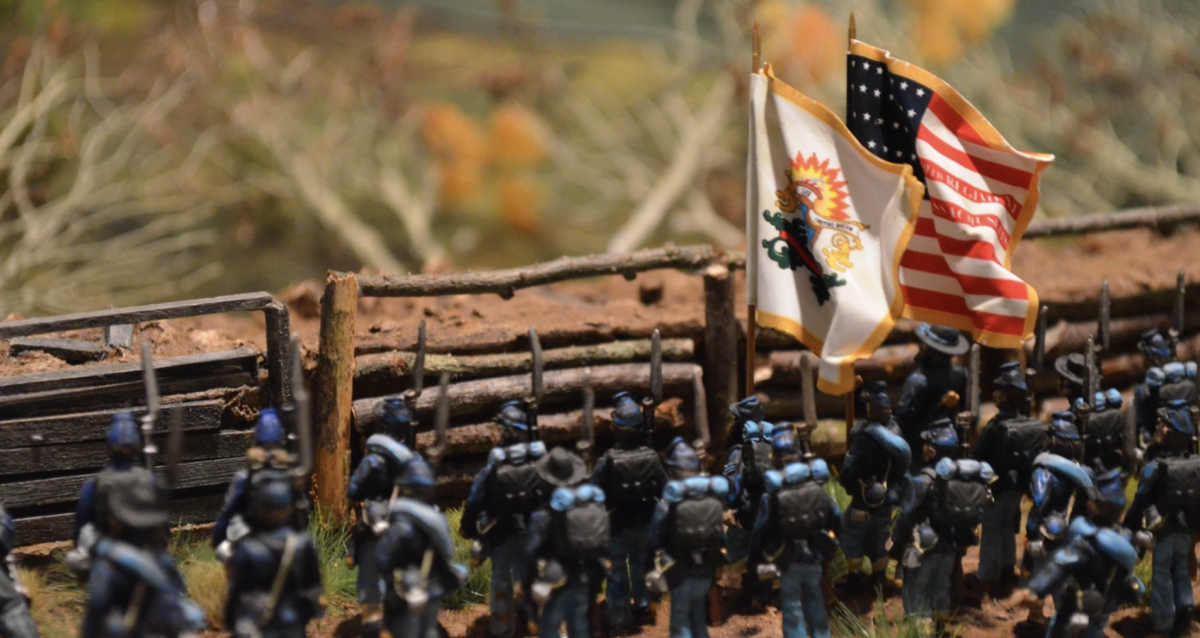I’m testing whether or not my audience would like to see content related to other battlefields. I recently visited the Manassas battlefield (Bull Run) in Virginia.

The battlefield at Manassas holds immense historical significance as the site of two pivotal battles during the American Civil War: the First Battle of Bull Run (First Manassas) on July 21, 1861, and the Second Battle of Bull Run (Second Manassas) from August 28 to August 30, 1862. These engagements were instrumental in shaping the trajectory of the war and solidifying the perception that the conflict would be far lengthier and bloodier than initially anticipated.
The First Battle of Bull Run marked the first major land battle of the Civil War. It took place near the town of Manassas in Prince William County, Virginia. The Union Army, led by General Irvin McDowell, sought to launch an offensive against Confederate forces under the command of General P.G.T. Beauregard. The battle ended in a Confederate victory and shattered the Union’s illusions of a swift and easy triumph.
The defeat at First Bull Run exposed the Union Army’s lack of preparedness and revealed the brutal realities of war. The engagement’s impact was profound, as both sides recognized the need for increased military training and strategic planning. It also shattered the belief that the war would be over quickly, instead setting the stage for a prolonged and brutal conflict.
The Second Battle of Bull Run, fought a year later, further solidified the strategic importance of Manassas. Confederate General Robert E. Lee launched a major offensive against Union forces commanded by Major General John Pope. The battle resulted in a resounding Confederate victory, forcing the Union Army to retreat and marking a significant setback for Union efforts in the Eastern Theater.
The battles at Manassas demonstrated the importance of strategic positioning and the challenges of waging war on unfamiliar terrain. The rugged landscape, dense forests, and intricate road networks presented obstacles for both sides. The battles also highlighted the prowess and tactical brilliance of Confederate commanders, particularly General Lee, who emerged as a formidable military leader.
Furthermore, the battles at Manassas had a profound impact on public perception and morale. The Union defeat at First Bull Run shattered the Northern population’s belief in an easy victory, while the Confederate success further emboldened Southern resolve. The battles served as a stark reminder that the war would be arduous and required unwavering commitment from both sides.
Today, the battlefield at Manassas is preserved as Manassas National Battlefield Park, maintained by the National Park Service. It serves as a poignant reminder of the sacrifices made and the historical significance of the site. Visitors can explore the grounds, learn about the events that unfolded there, and gain a deeper understanding of the Civil War’s impact on American history.
Leave me a comment of you want to see more content from Civil War sites other than Franklin on this blog.





